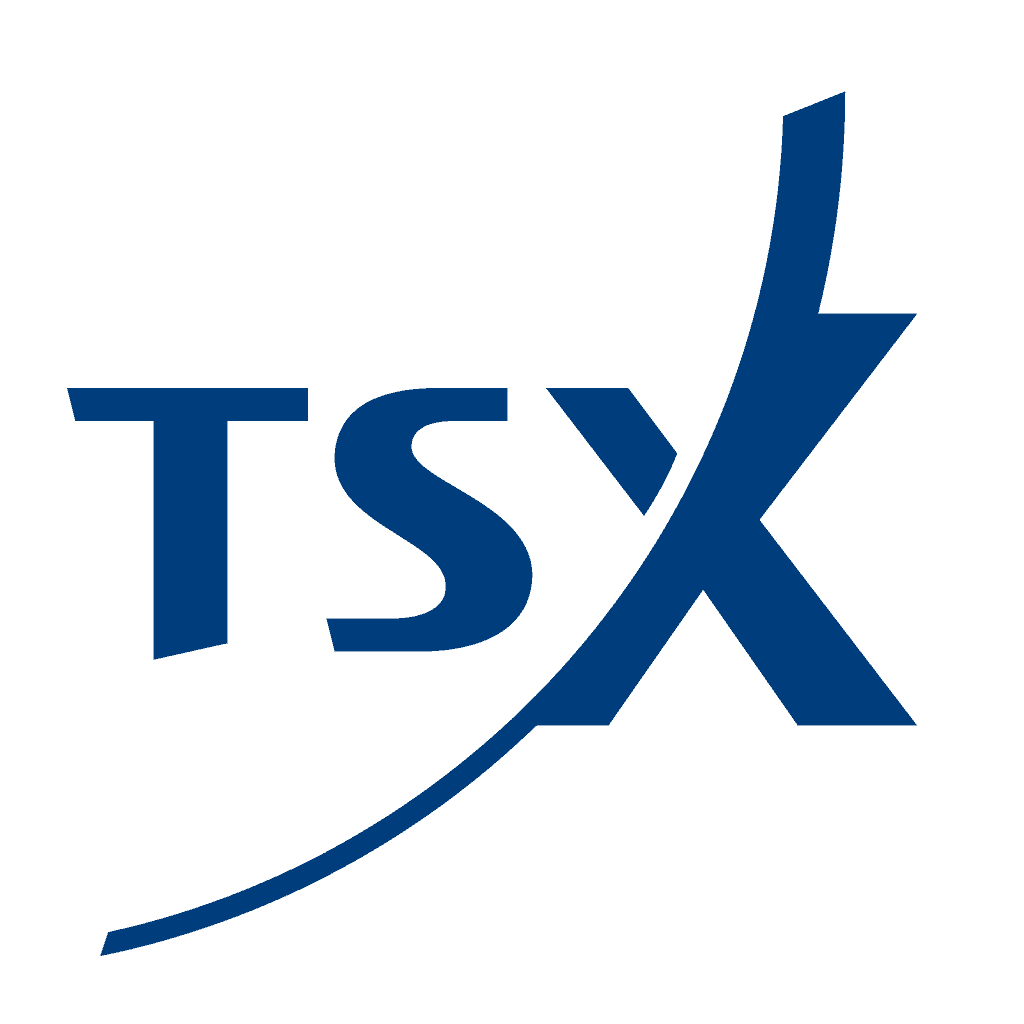Toronto Stock Exchange – TSX
The Toronto Stock Exchange’s origin was believed to be from the Association of Brokers which was a group formed by Toronto businesspeople in 1852. In 1861 twenty-four brokers met in Toronto at the Masonic Hall to form the Toronto Stock Exchange. However, the exchange was not officially incorporated until 1878 by an act of the Legislative Assembly of Ontario. The Toronto Stock Exchange is owned by the TMX group and is the largest of Canada’s stock exchanges. Additionally, the TSX is the 8th largest stock exchange by market capitalization in the world totaling 3 trillion.TSX Listings
As of September 2020, the TSX has 1,637 listings with 790 comprised of Exchange Traded Funds (“ETFs”). Below is a sector breakdown of the listings:Geographically Speaking 96 (6%) listings are international companies with the most listings based in Ontario at 1,098 (67%), followed by British Columbia at 137 (8%), Alberta with 150 (9%) and Quebec at 121 (7%). Equally important the Prairies and Atlantic Canada account for 16 (1%) and 19 (1%) of the remaining listings.
TSX Listing Requirements
TSX listing requirements are broken down into three sectors:1. Industrial, Technology and Research & Development Companies
Minimum $10,000,000 held by public shareholders.
300 public shareholders each holding a board lot.
Minimum $50,000,000 market capitalization.
Minimum $4,000,000 held by public shareholders.
300 public shareholders each holding a board lot or more.” _builder_version=”4.16″ _module_preset=”default” global_colors_info=”{}”][/dvmd_table_maker_item][dvmd_table_maker_item col_label=”Column 4″ col_content=”TSX Non-Exempt Forecasting Profitability Evidence of earnings from on-going operations for the current or next fiscal year of at least $200,000 before tax and extraordinary items. Evidence of pre-tax cash flow for the current or next fiscal year of at least $500,000. $7,500,000
2. Mining Companies
3. Oil & Gas (Exploration or Producing) Companies
(a) execute the development plan and cover all other capital expenditures & G&A and debt service expenses, for 18 months with a contingency allowance;
OR
(b) bring the property into commercial production, and adequate working capital to fund all budgeted capital expenditures and carry on the business.
Applicable to both (a) and (b)
18 month projection of sources and uses of funds signed by CFO; appropriate capital structure. At least 1,000,000 freely tradable shares with an aggregate market value of $4,000,000; minimum 300 public holders, each with one board lot or more.
Minimum market value of the issued securities that are to be listed of at least $200,000,000.
In addition, TSX also offers Special Purpose Acquisition Corporation (“SPAC”) listings. You can learn more about SPACs here.
TSX Listing & Annual Fees
Following is an overview of listing and annual fees for the TSX. Keep in mind their are other associated fees in going public as well as the cost of being public.TSX Application Fee
There is a non-refundable application fee of $10,000 when submitting the application and will be subtracted from the listing fee.TSX Listing Fee
TSX Annual Fee
In conclusion, the Toronto Stock Exchange being the largest exchange in Canada has the highest listing standards and requirements. If you are looking at listing your company on the TSX or one of the other 4 stock exchanges in Canada such as the TSX Venture – TSXV, the Neo Exchange – Neo, or the Canadian Securities Exchange – CSE please fill in the form to the right and we will be happy to discuss.

